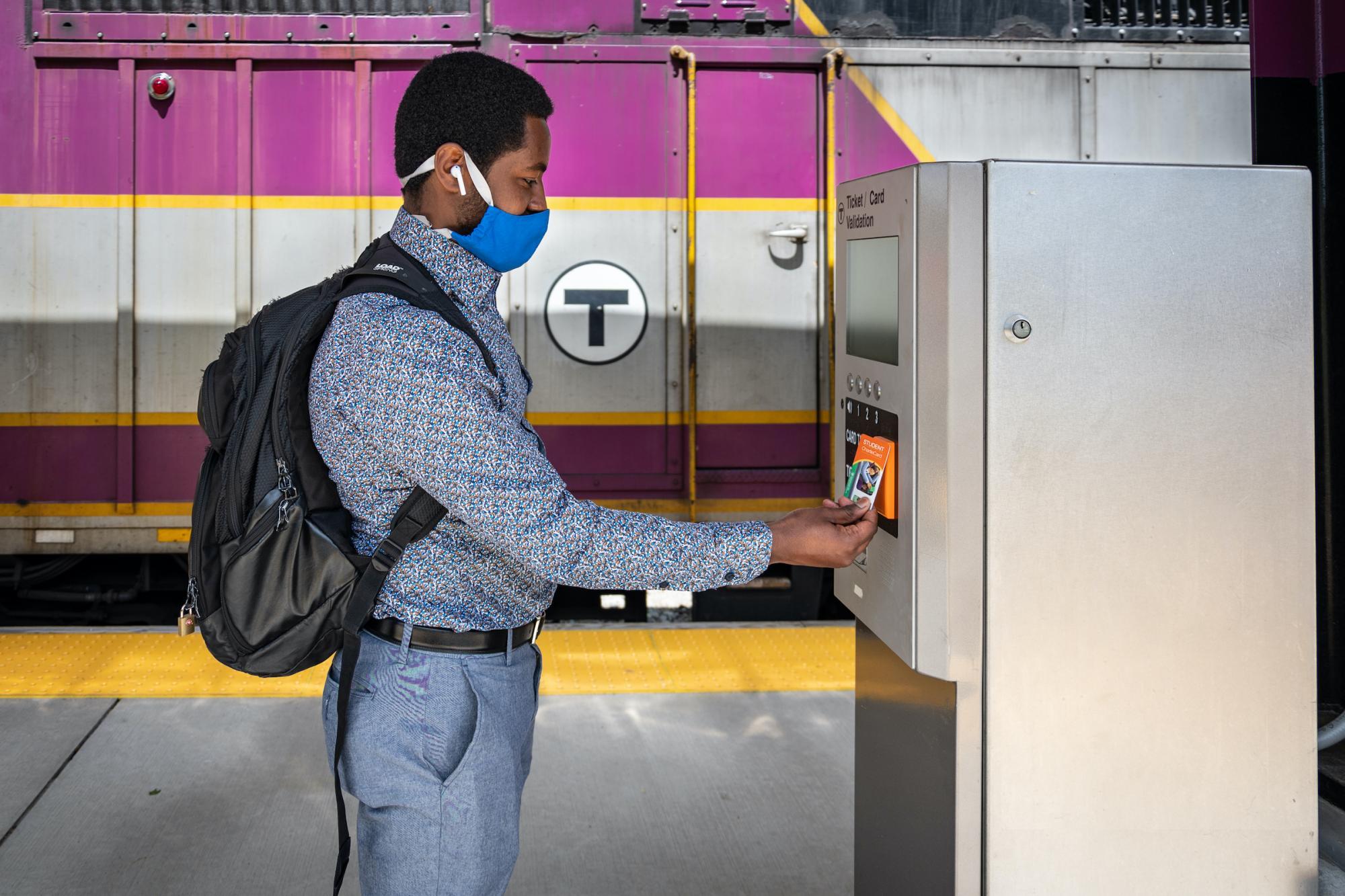Ridership on the T

We collect data on ridership for the bus, subway, Commuter Rail, ferry, and The RIDE. Ridership means the number of people who ride a system of public transportation. We count every time a rider boards a vehicle on weekdays and then calculate the total at the end of each month.
Explore the Ridership Dashboard
Average Weekday Ridership
The dashboard below shows the average weekday ridership for a selected month. Weekend ridership data is not included in the calculations.
At the end of each month, we perform data validation and quality checks before reporting and publishing the data to the dashboard. Typically, we update the dashboard late in the current month to include data from the previous month. For example, data from February will be added to the dashboard in late March.
How We Measure Ridership
To measure ridership, we count each time a rider boards a vehicle. We count individual rides so we don’t leave out trips taken by riders who make one or more transfers.
For example, if a rider is on their way to work and has to transfer from the bus to the Green Line to the Red Line, we count that as three rides.
Counting Individual Rides
Below is how we calculate the total number of rides taken on each mode.
Bus and Subway
There are two main sources of passenger data:
- Automated passenger counters (APCs)
- Automated fare collection (AFC) system
APCs use infrared beams and other technologies to count all riders who enter vehicles, so we use those for ridership when possible. The AFC system counts CharlieCard and ticket taps.
For services where we do not have significant APC coverage, we use estimates based on data from the AFC system. Those estimates are adjusted to account for riders who do not interact with the fare box and for transfers that happen behind the fare gates.
We also manually count rides at various times and places to check against our automatically collected data.
Commuter Rail
We combine conductor counts and manual counts from terminal stations.
